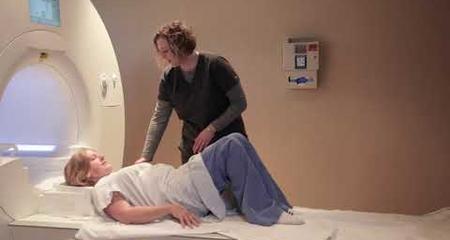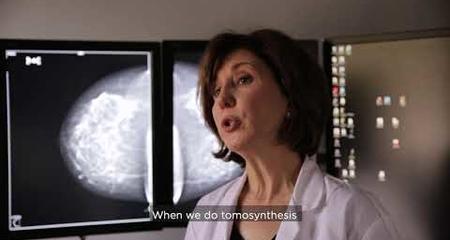Vascular and interventional radiologists use their expertise in interpreting medical images (such as X-rays, ultrasound and CT) to guide catheters and other instruments through blood vessels or other pathways in the body. Imaging allows interventional radiologists to precisely locate targeted areas to perform minimally invasive procedures on nearly every organ system.
Most vascular and interventional radiology (VIR) procedures are performed on an outpatient basis, using a local anesthetic or moderate sedation. The goal of these minimally invasive procedures is to offer less risk, less pain and less recovery time compared to traditional surgery that requires general anesthesia and often a large incision.
Our team of interventional radiologists work with multidisciplinary care teams throughout the Froedtert & MCW health network, including cancer care, transplant, orthopaedics and vascular surgery. Together, team members determine your best treatment options, that may involve a VIR procedure or other treatment.
All of our vascular and interventional radiologists are fellowship trained and hold Interventional Radiology/Diagnostic Radiology (IR/DR) certificates from the American Board of Radiology. The Medical College of Wisconsin Division of Vascular and Interventional Radiology directs the only fellowship-training program of its kind in Milwaukee.
Our team is internationally recognized for research and leads the way in clinical trials to treat a variety of medical conditions using various interventional procedures. Our VIR team also has a highly collaborative translational research lab with an emphasis in interventional oncology. Translational research uses lab discoveries for the development of clinical trials in humans.
How Interventional Radiology Works
Most VIR procedures use a combination of real-time fluoroscopy (a continuous X-ray image on a monitor, much like an X-ray movie) with digital subtraction angiography (DSA). In DSA, a computer takes digital images of an area of the body. The computer can subtract (remove) various structures in an image to show only the blood vessels. Ultrasounds also provide access to veins and arteries.
Cancer treatment interventions are performed using computed tomography (CT) guidance, as well as fluoroscopic and angiographic guidance.
Our team works closely with Froedtert & MCW vascular surgeons to provide patients with vascular disease an opportunity for combined medical and procedural care. Two hybrid operating rooms allow for the combined performance of vascular surgery and interventional radiology procedures (such as endovascular aortic aneurysm repair), while maintaining the highest in quality imaging techniques.
Interventional Radiology Procedures
We use a wide range of VIR procedures to treat medical conditions such as cancer, spine fractures, uterine fibroids and cardiovascular disease. Conditions and procedures can include:
- Aortic aneurysm repair
- Biopsy
- CT angiography
- Deep vein thrombosis (DVT) treatment
- Thrombolysis
- Image-guided cancer therapy (including liver-directed therapy)
- Chemoembolization
- Radioembolization
- Microwave ablation
- Radiofrequency ablation
- Cryoablation
- Inferior vena cava (IVC) filter placement and retrieval
- Opening a blocked bile duct
- Opening a blocked kidney duct
- Pain management
- Celiac plexus block
- Image-guided focused ultrasound
- Joint injections
- Sphenopalatine ganglion (SPG) block for chronic migraine
- Spine interventions (see below)
- Peripheral vascular disease (PVD) diagnosis and treatment
- Angioplasty
- Stenting
- Spine interventions for vertebral compression fracture(s)
- Vertebroplasty
- Kyphoplasty
- Trauma and Bleeding
- Uterine fibroid embolization (UFE), also called uterine artery embolization or UAE
- Varicose vein treatment
- Vascular access device placement and maintenance
- Dialysis access
- Chest ports
- Feeding tubes
- Vascular malformations
More to Explore





